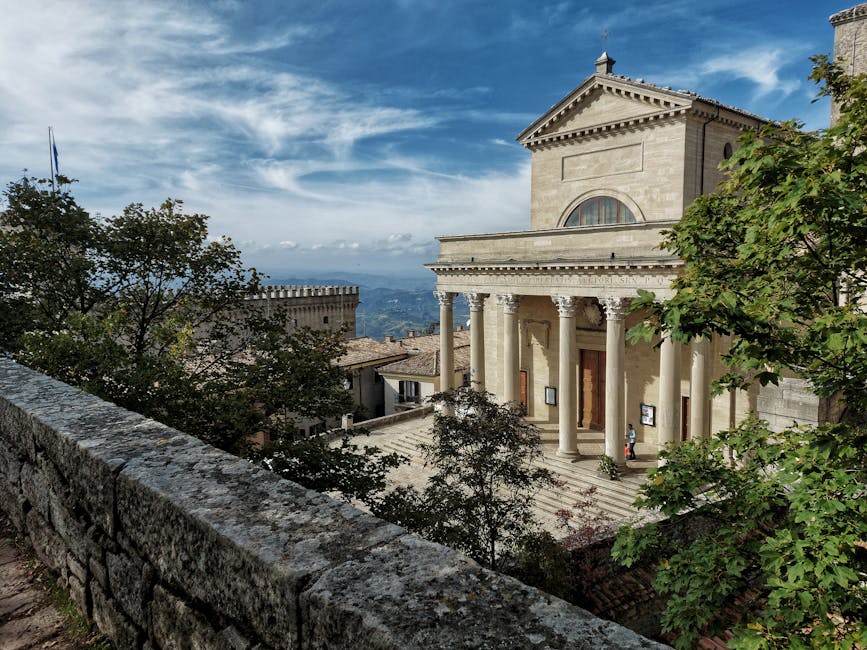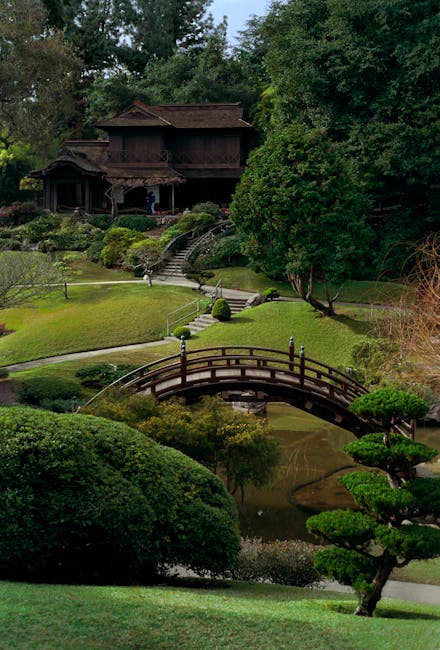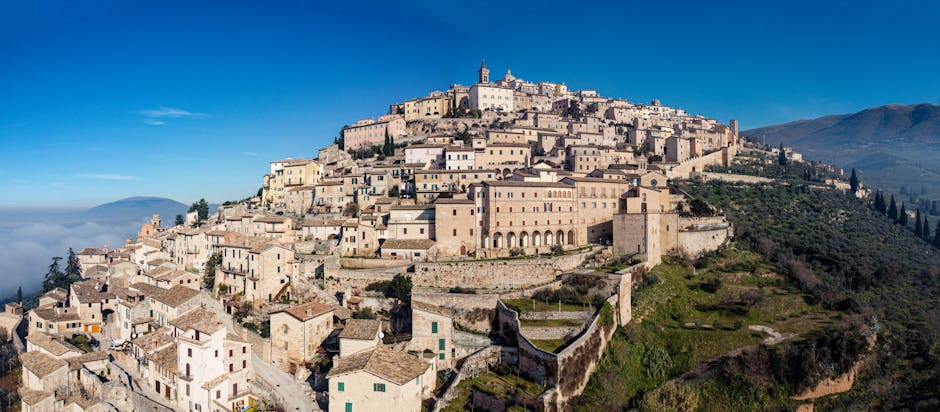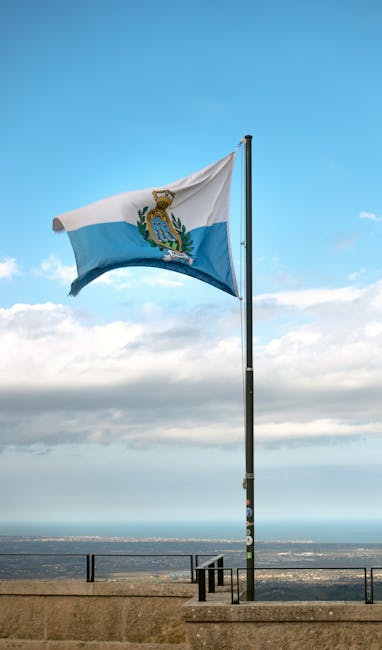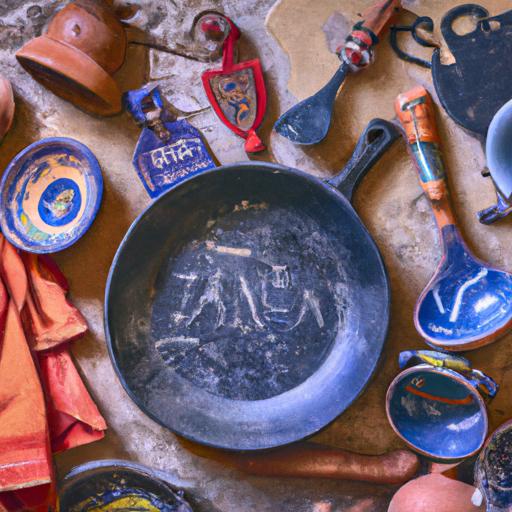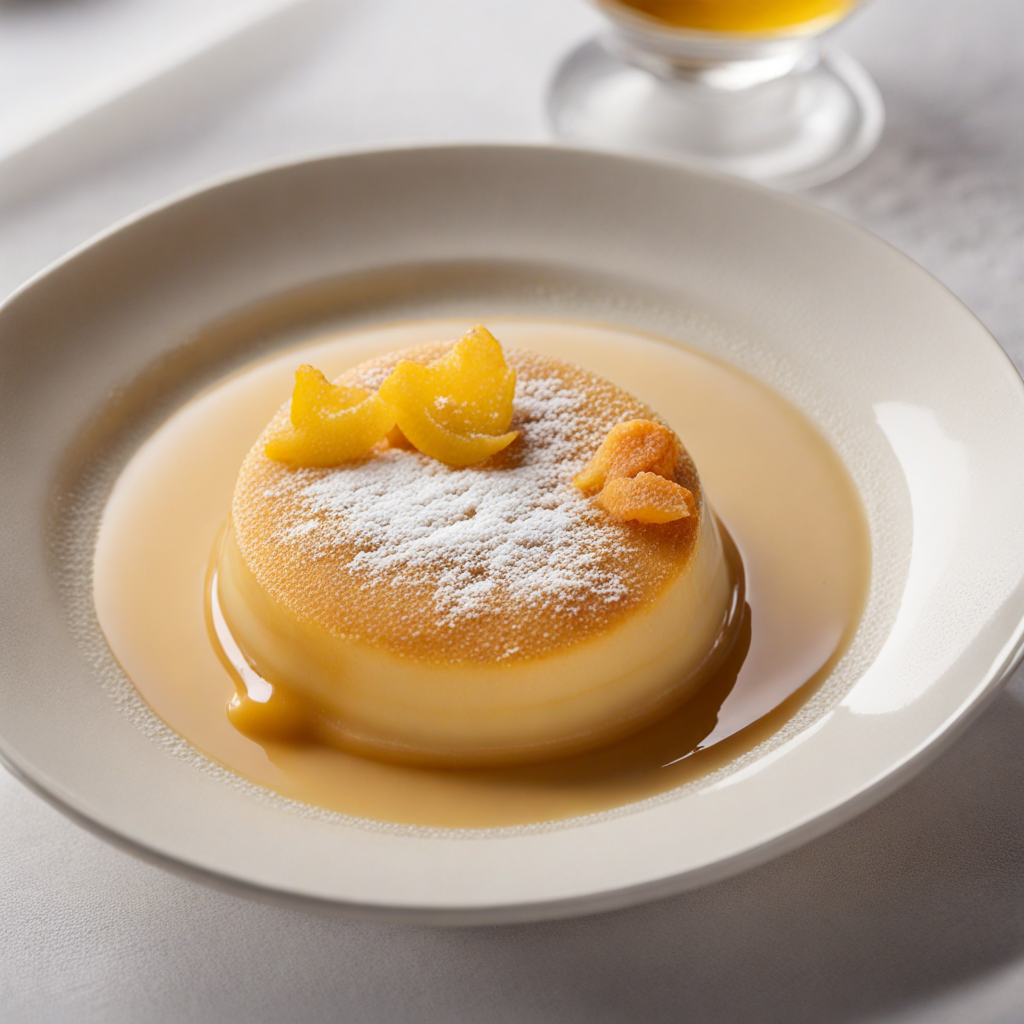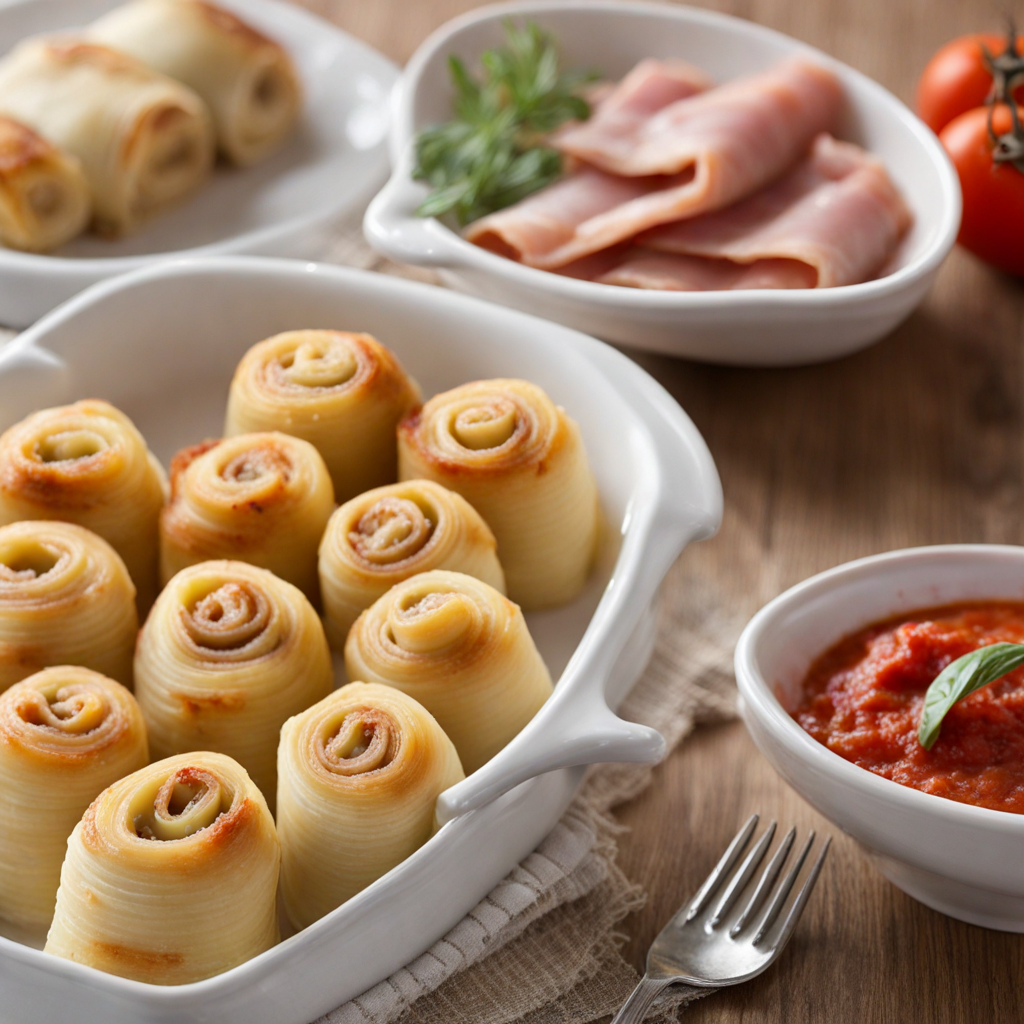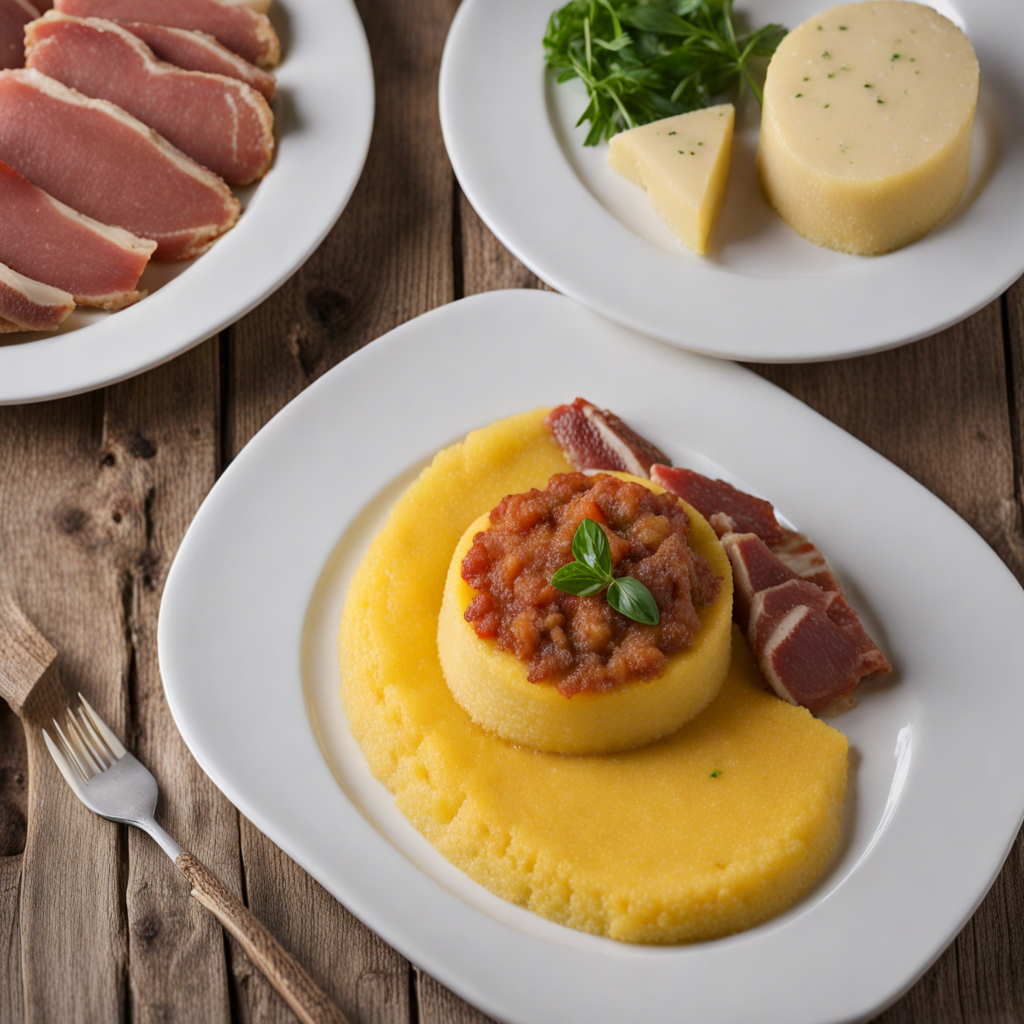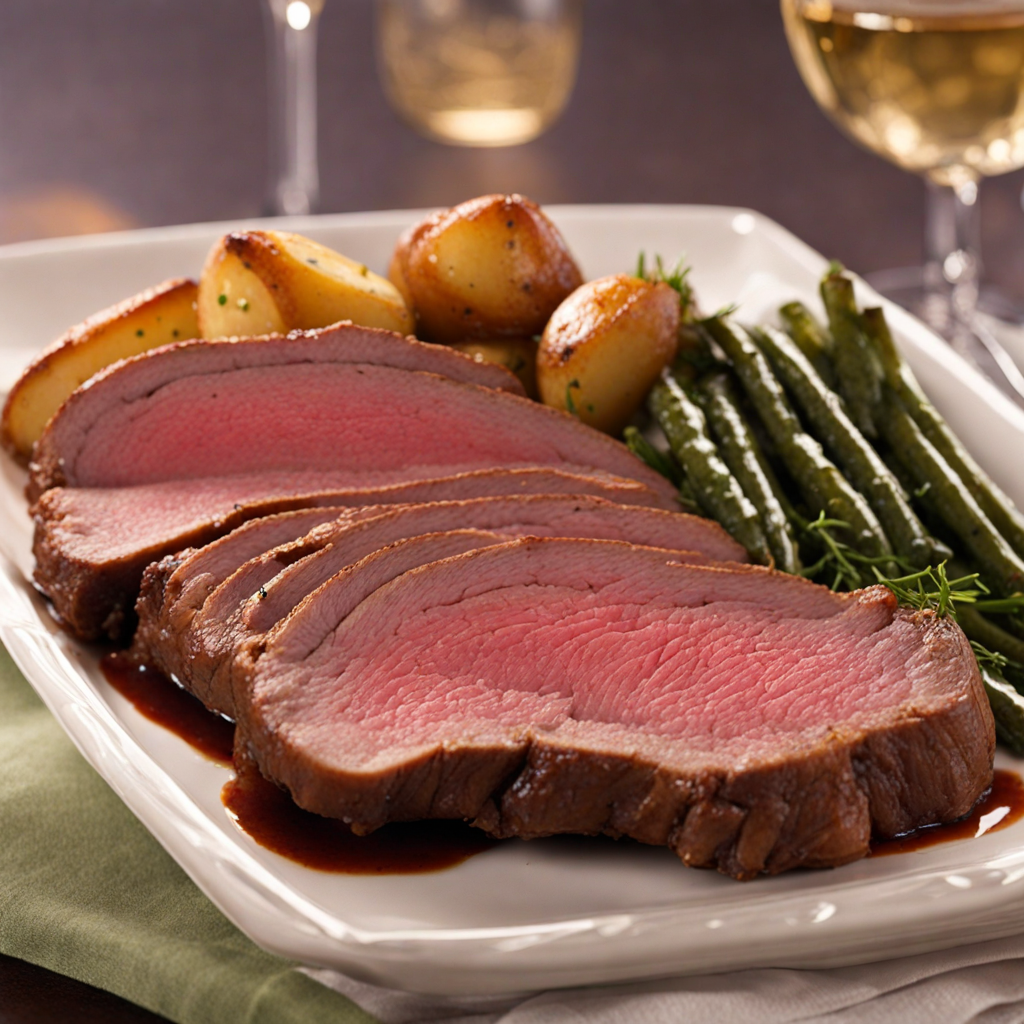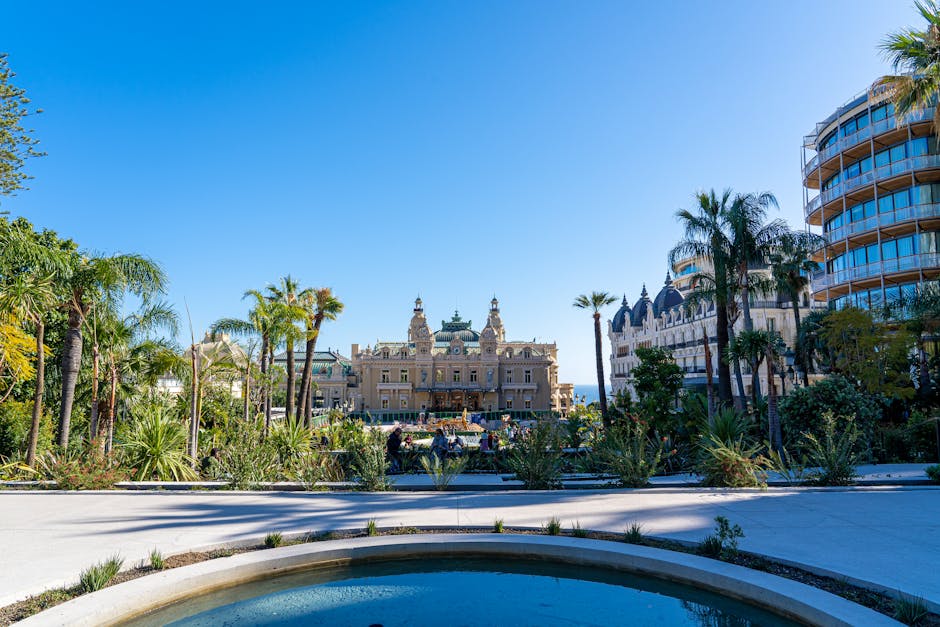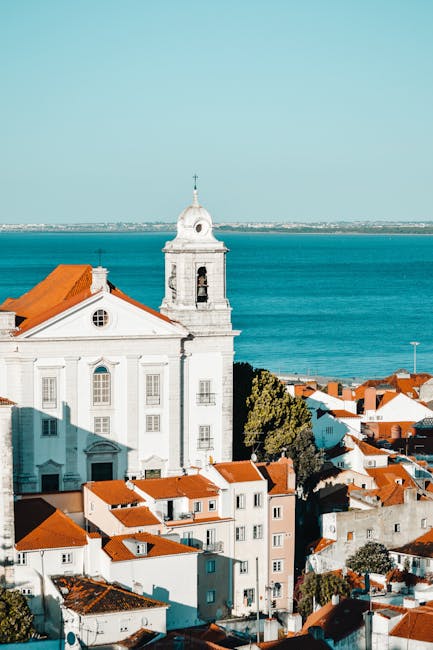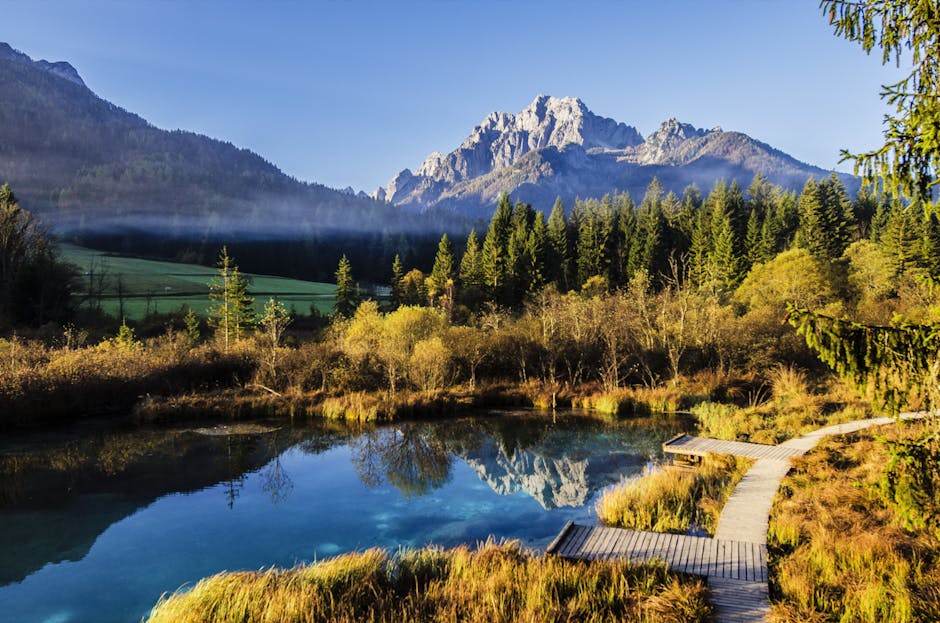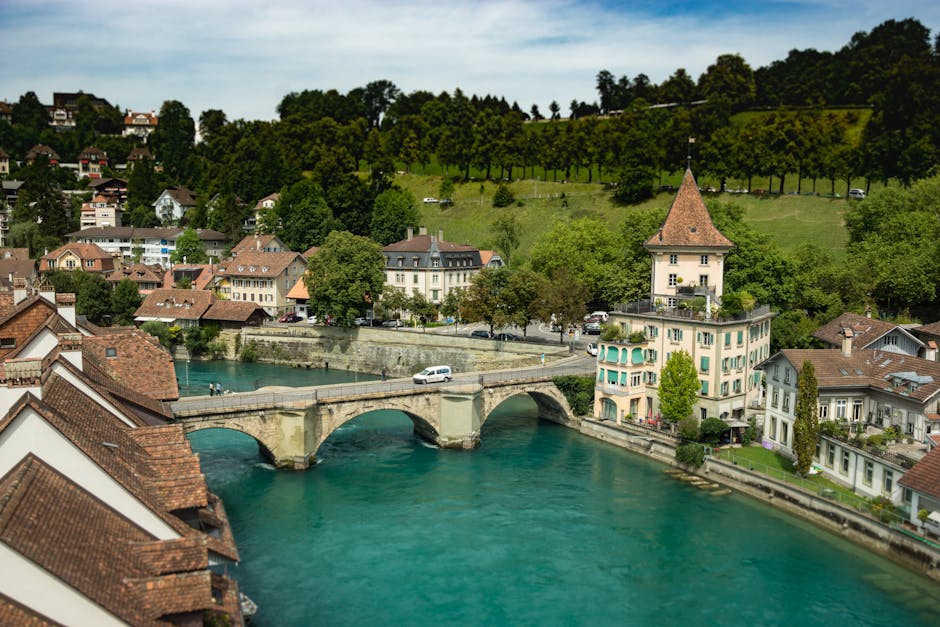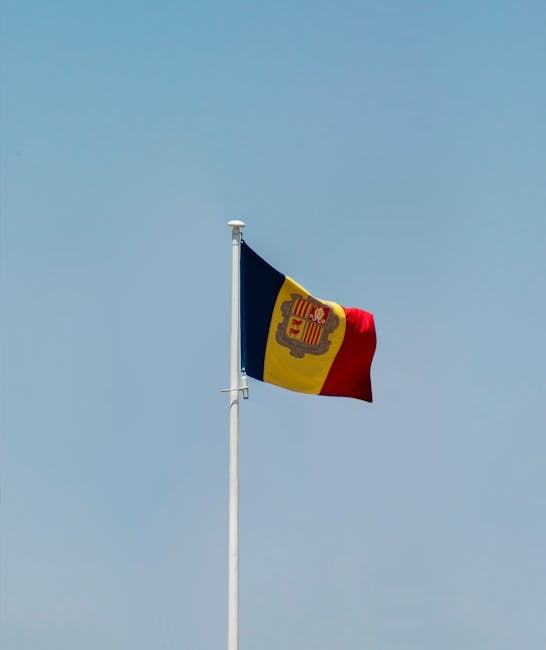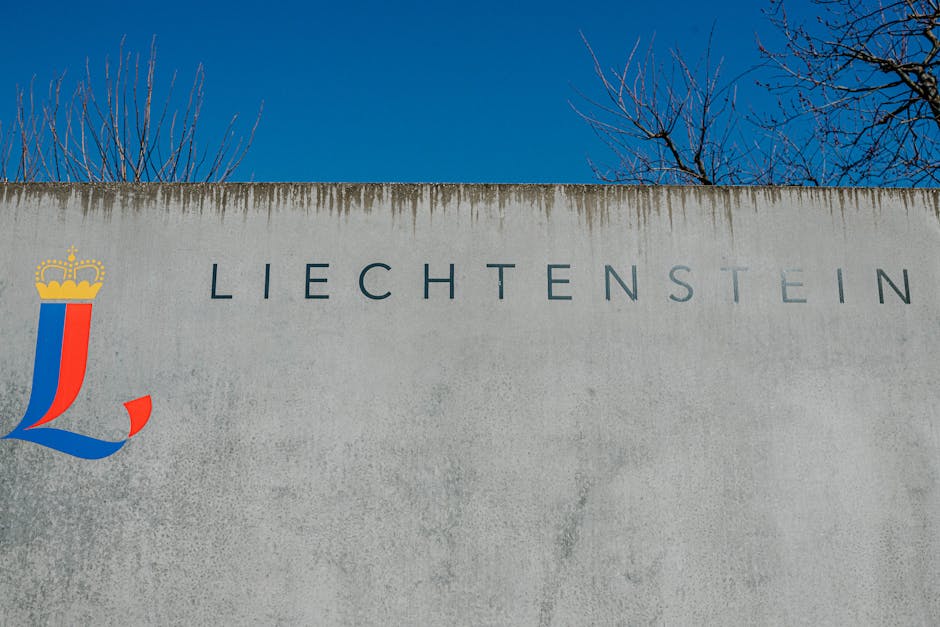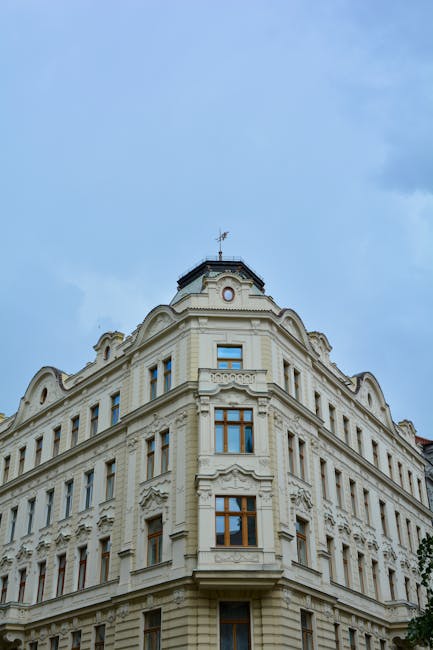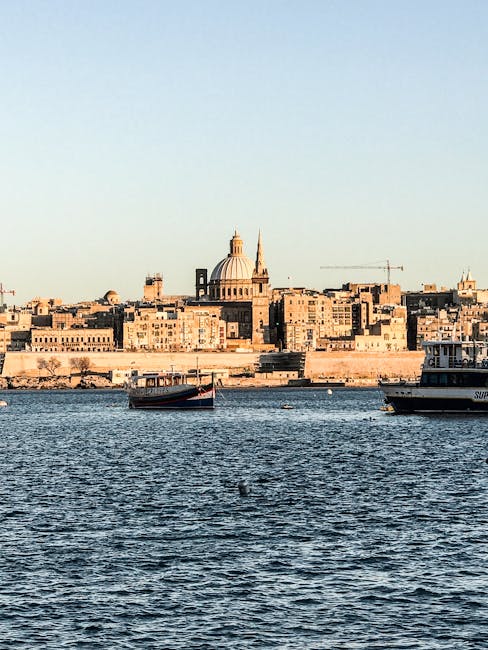San Marino
Overview
San Marino, a small independent nation located in Southern Europe, is one of the world's oldest republics and is entirely surrounded by Italy. It's a mountainous microstate known for its stunning medieval architecture, ancient fortresses, and intriguing culture that has been shaped by centuries of history. San Marino radiates charm, with its capital city perched high atop Mount Titano, offering breathtaking panoramic views. One of the most unique aspects of the country is its continuation of many age-old traditions, including the investiture of two Captains Regent who serve as heads of state for six months at a time.
The high season for tourism in San Marino is during the summer months, from June to August. The weather during this time is typically warm and sunny, with temperatures ranging from 20°C to 30°C (68°F to 86°F), making it ideal for outdoor exploration. The summer season provides an abundance of activities for young travelers. They can explore the Three Towers of San Marino, visit intriguing museums like the State Museum or the Museum of Curiosities, or wander around the captivating medieval old town. The country also hosts several events during this time, including the Medieval Days festival in July, where the streets come alive with historical reenactments and traditional foods.
Before traveling to San Marino, there are a few things teenagers need to prepare. First, while San Marino is not part of the European Union, it uses the Euro as its currency, so be prepared for potential conversion fees if you're coming from a non-Euro country. English is not widely spoken, so learning a few basic Italian phrases can be helpful. San Marino is a safe country, but travel insurance is still recommended for any unexpected incidents. Lastly, San Marino is a hilly country, so comfortable walking shoes are a must. Despite its small size, San Marino offers a rich cultural experience that is sure to captivate young travelers.
A Glimpse into the Past
San Marino, one of the world's oldest republics, is a captivating destination steeped in history and charm. Nestled on the Apennine Mountains, this microstate is completely surrounded by Italy, yet it boasts a rich and distinct identity. The history of San Marino is a tapestry woven with tales of resilience, independence, and governance that has attracted travelers for centuries.
Foundation and Early History
The origins of San Marino date back to the year 301 AD, when Saint Marinus, a stonecutter from Croatia, sought refuge from religious persecution. He founded a small community on Mount Titano, which became the nucleus of what would evolve into the Republic of San Marino. This early settlement was characterized by its commitment to freedom and self-governance, values that continue to resonate today. The legend of Saint Marinus is an integral part of San Marino’s identity, and his influence is commemorated annually on September 3rd, the feast day of Saint Marinus.
The growth of San Marino’s independence was further solidified in the Middle Ages. By the 13th century, the republic had established its own government and legal system, laying the groundwork for a unique political structure that persists today. The Constitution of San Marino, dating back to 1600, is one of the oldest written constitutions in the world and underscores the significance of civic duty and collective governance.
Political Structure and Governance
San Marino operates under a parliamentary representative democratic framework. The government is led by two Captains Regent, who are elected every six months, a practice that emphasizes the republic's commitment to shared leadership and rotation of power. This system has contributed to a stable political climate, allowing San Marino to maintain its independence even as surrounding territories faced turmoil.
The legislative body, known as the Grand and General Council, consists of 60 members who are elected to serve five-year terms. This council plays a crucial role in shaping the laws and policies of the republic. Visitors can explore the historic Palazzo Pubblico, the seat of government, where they can witness the colorful flag-raising ceremonies and the Changing of the Guard, a spectacle that showcases San Marino’s rich traditions.
Architectural Wonders and Cultural Heritage
San Marino's landscape is dotted with remarkable medieval architecture, most notably the three towers that crown Mount Titano: Guaita, Cesta, and Montale. Constructed in the 11th and 13th centuries, these fortifications are a testament to the republic's strategic importance and military history.
Guaita, the oldest and most iconic tower, offers breathtaking panoramic views of the surrounding countryside. Visitors can hike up to the tower, where they are rewarded with a glimpse into San Marino’s past and a stunning vista that stretches into the Italian landscape.
Cesta, the second tower, houses a museum dedicated to ancient weapons, providing insight into the republic's martial heritage. Montale, the smallest of the three towers, is lesser-known but equally intriguing, serving as a solitary lookout point.
The historic center of San Marino, a UNESCO World Heritage site, is another highlight for travelers. The cobblestone streets are lined with charming shops, restaurants, and cafes, inviting visitors to immerse themselves in the local culture. The Basilica di San Marino, built in the neoclassical style, is a must-see for its stunning interior and the ornate tomb of Saint Marinus.
Art and Festivals
San Marino is rich in artistic traditions, with influences from both Italian and local styles. The Museo di Stato, located in the historic center, showcases a collection of paintings, sculptures, and archaeological artifacts that narrate the story of the republic through the ages. The museum is home to works by notable artists, including the masterpieces of the Renaissance period.
Throughout the year, San Marino hosts vibrant festivals that celebrate its cultural heritage. The Rievocazione Storica (Historical Reenactment) takes place each September, featuring parades, medieval games, and performances that bring the history of San Marino to life. This event is a fantastic opportunity for travelers to witness the pride and passion of the Sammarinese people as they honor their past.
Economy and Tourism
San Marino's economy has historically relied on agriculture, but it has evolved significantly over the years. Today, tourism plays a central role in the republic's economic landscape. Visitors flock to San Marino not only for its historical sites but also for its duty-free shopping, delicious cuisine, and the warm hospitality of its residents.
Local specialties include torta di ricotta (ricotta pie), fagioli all'uccelletto (beans with tomato), and a variety of wines produced in the region. The culinary scene is a delightful blend of traditional Sammarinese and Italian flavors, making it a treat for food enthusiasts.
Modern San Marino
In the contemporary era, San Marino continues to navigate its identity as a microstate in a globalized world. It has established diplomatic relations with various countries and is a member of several international organizations, although it is not part of the European Union.
The republic remains committed to preserving its unique heritage while embracing modernity. Infrastructure improvements and technology initiatives have helped enhance the quality of life for residents and the experience for visitors.
San Marino’s commitment to sustainability and environmental protection is evident in its policies, reflecting a forward-thinking approach that harmonizes with its historical values.
As travelers explore the enchanting streets of San Marino, they are not merely visiting a destination; they are stepping into a living historical narrative. The republic's blend of ancient traditions, stunning landscapes, and vibrant culture offers a unique experience that resonates with history enthusiasts and casual tourists alike.
In summary, San Marino is a remarkable microstate that encapsulates the essence of freedom, resilience, and rich heritage. Its storied past and vibrant present make it an essential stop for anyone seeking to understand the cultural tapestry of Italy and its neighboring regions.
Top cities for tourists in San Marino
Discover the Famous Cities That Might Captivate Your Interests
Must-Try Foods You Can't Afford to Miss
Indulge in a Variety of Fantastic Foods During Your Stay in San Marino
May Be Your Next Destinations
People often choose these countries as their next destination


